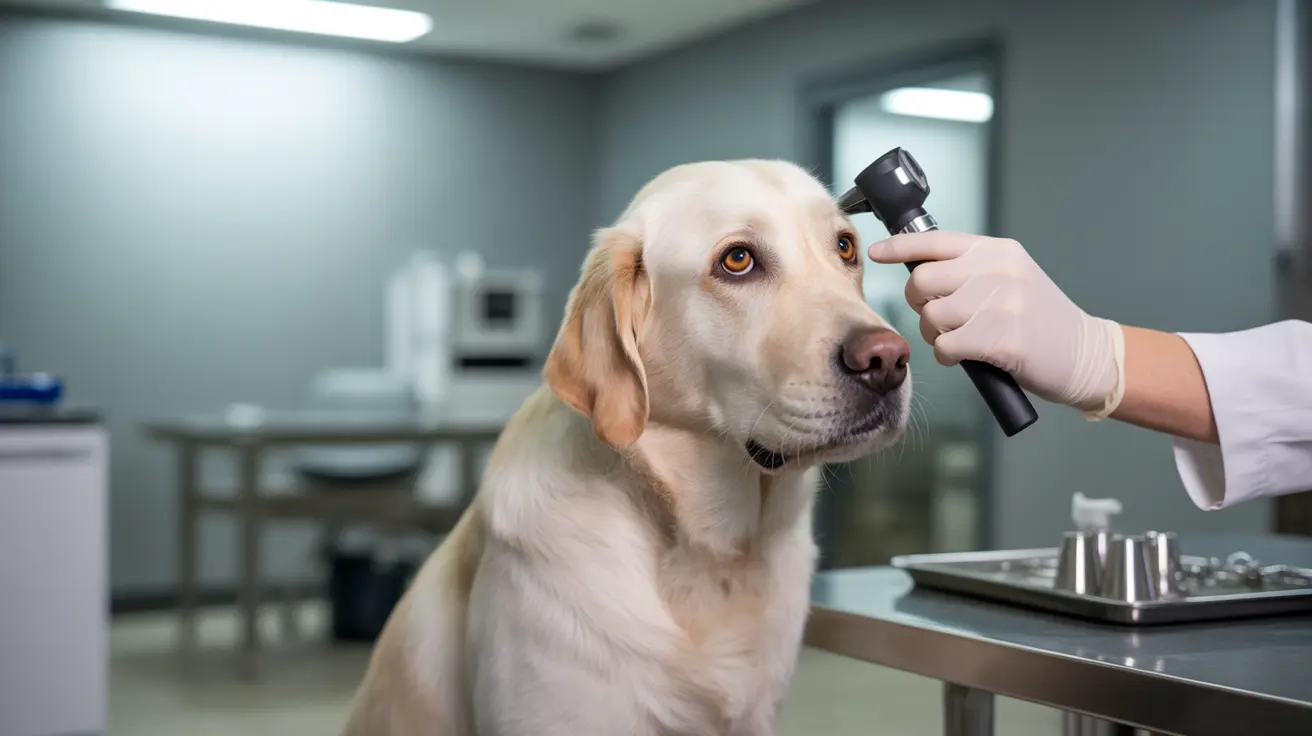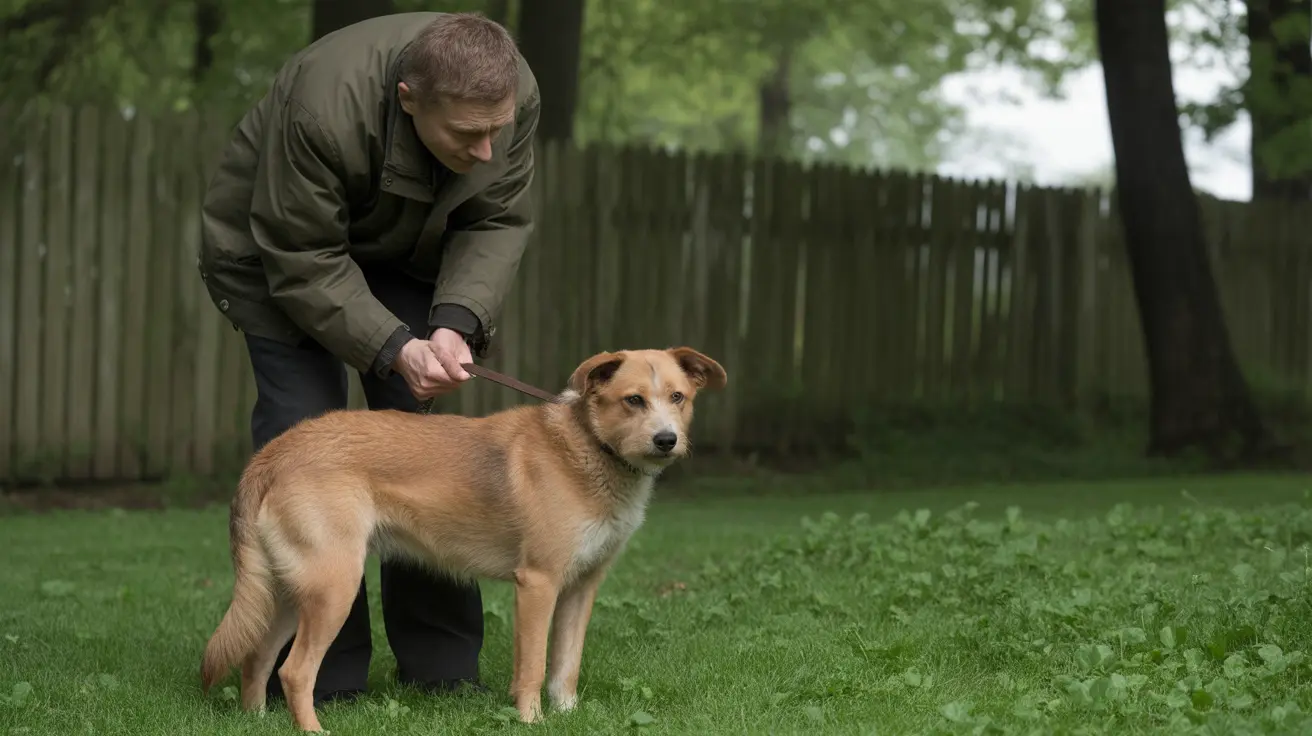Understanding Lily Poisoning Duration in Dogs
While lilies are a popular choice in gardens and floral arrangements, they pose significant health risks to pets. Cats are particularly vulnerable to lily toxicity, often suffering fatal kidney failure with minimal exposure. For dogs, the reaction to lilies varies greatly by species and the amount ingested.
Types of Lilies and Their Effects on Dogs
Not all lilies affect dogs equally. The toxicity depends on the specific type of lily:
- Prairie Lily (Rain Lily): Primarily causes gastrointestinal upset. Symptoms include vomiting and diarrhea, often resolving in 24–48 hours with treatment.
- Lily of the Valley: Highly toxic due to cardiac glycosides. Can cause serious heart issues, seizures, and death. Symptoms can persist for several days if not treated immediately.
- Peace Lily & Calla Lily: Contain calcium oxalate crystals that irritate the mouth and gastrointestinal tract. Symptoms like drooling, vomiting, and pain may last a few hours to two days.
- Gloriosa Lily (Flame Lily): Contains colchicine, which is highly toxic. May result in multi-organ failure and prolonged hospitalization. Recovery, if possible, is extended.
General Symptoms of Lily Poisoning in Dogs
- Vomiting
- Diarrhea
- Drooling
- Mouth irritation
- Difficulty swallowing
- Heart arrhythmias (specific to lily of the valley)
- Seizures and collapse in severe cases
Timeline of Symptoms and Recovery
- Onset: Symptoms generally appear within 1–6 hours post-ingestion.
- Duration: Mild cases resolve within 24 to 48 hours with supportive care. Severe poisonings, especially involving lily of the valley or flame lily, may require hospitalization for several days.
- Recovery: Full recovery is possible with prompt veterinary care. In extreme cases, symptoms could last over a week or result in long-term organ damage or death.
Treatment and Prognosis
Veterinary intervention is crucial. Initial steps may include inducing vomiting (if within 1–2 hours of ingestion), administering activated charcoal, and providing IV fluids and medications. Dogs exposed to highly toxic lilies may require advanced care such as heart monitoring and intensive therapy.
Preventive Measures
- Avoid keeping lilies in homes or gardens with pets.
- Inspect floral bouquets and remove lilies immediately.
- Consult veterinarians or reliable pet safety resources before introducing new plants indoors or outdoors.
- Train your dog to avoid chewing on plants and be observant during walks.
Conclusion
Lily poisoning in dogs is a serious issue that can vary greatly in duration depending on the lily type and treatment speed. While some reactions may be mild and short-lived, others can be life-threatening and require extended hospitalization. When in doubt, always seek instant veterinary care. Timely treatment not only helps reduce symptoms but can also be life-saving.





